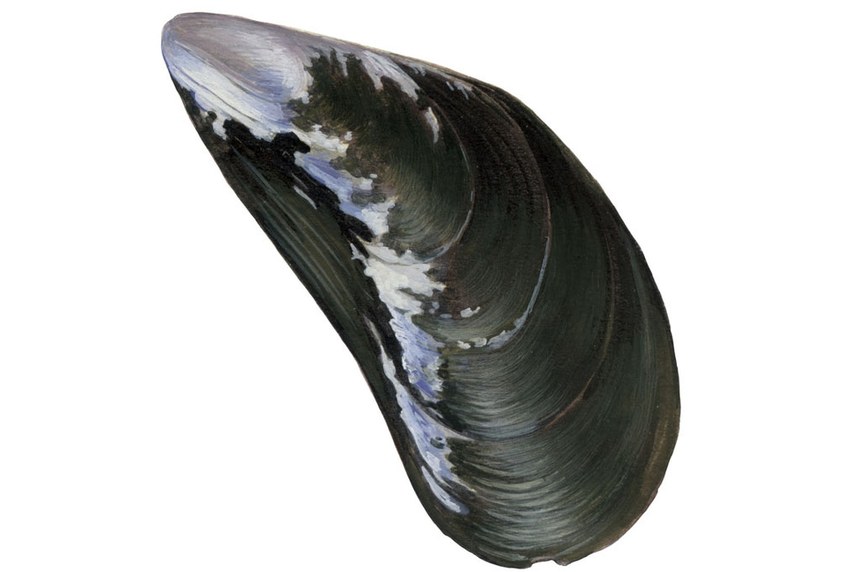Overview
Fisheries are composed of one or more parts, each of which is entitled to receive an MSC certificate. These parts or “units” are defined by their target stock(s), fishing gear type(s) and if relevant vessel type(s), and the fishing fleets or groups of vessels.
Attention
Some or all units that participated in this fishery are now covered by another assessment. Please see the DFPO Inner Danish Waters blue shell mussel for more information.
About this Fishery
The blue mussel is a widely distributed bivalve shellfish that adapts to a wide variety of ecological situations. Mussels are filter feeders, feeding on phytoplankton and suspended organic matter in the water column.
There are currently five vessels fishing in the East Jutland fishery. These vessels are all subject to a weekly quota of 270 tonnes per vessel licence wherever they operate, and are required to fish in waters greater than 4m deep. There are further spatial and temporal restrictions in place to protect wildlife around Natura 2000 sites.
The East Jutland area contains an estimated 750,000 tonnes of mussels. Recent landings in the fishery over the last few years amount to around 0.8% of this total.
The size and power of the vessels are regulated by legislation. Vessels may be no more than 16m long and are limited to an engine power of 300hp. The vessels in the fishery are switching to a new, lighter-weight form of dredge which is more efficient.
Blue shell mussel (Mytlius edulis) image © Scandinavian Fishing Year Book
Market Information
Some 3,100 tonnes of mussels are harvested annually (2010). Some are sold fresh, while the rest are processed, canned, and sold across mainland Europe.
